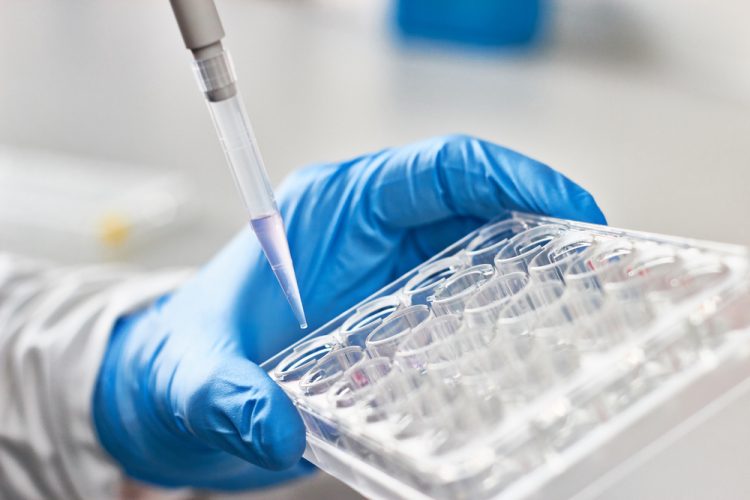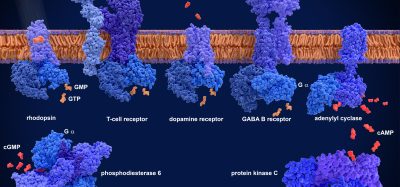Three new assays to test COVID-19 antivirals developed
Posted: 30 April 2020 | Victoria Rees (Drug Target Review) | No comments yet
A series of three new assays to screen for drug compounds or proteins that combat the COVID-19 coronavirus has been developed.


New assays to test antivirals against SARS-CoV-2, the virus causing the COVID-19 coronavirus pandemic, have been developed. According to the scientists behind the assays, they can be used to test compounds or proteins which target viral entry into host cells.
The developers, from Montana Molecular, explain that the entry of SARS-CoV-2 into human host cell is mediated by the Spike (S) protein, found on the surface of the virus. This interacts with the angiotensin converting enzyme 2 (ACE2) on the host cell.
Using bright fluorescent proteins and BacMam delivery vectors, the company is building a series of genetically-encoded biosensor assays that can be detected using automated fluorescence plate readers and imaging systems. The delivery vectors, as pseudo hosts, are enveloped viruses that are non-pathogenic to humans to enable initial screening.
According to the company, it has developed three unique live cell assays to signal viral entry into the pseudo host through changes in fluorescence and will also indicate when viral entry is blocked by a drug.
- Red/green ratiometric assay: The pseudo host will deliver both ACE2 protein and a red fluorescent protein to HEK 293 cells. The pseudo virus expressing the mNeonGreen fluorescent protein can then be introduced to the pseudo host. Entry over the next 24 hours will result in high green to red ratios and blockade of entry will produce low green to red ratios. Automated fluorescence plate readers can then be used to read the assay and screen compounds or proteins that block viral entry.
- Green fluorescent assay: This ratiometric assay takes two days and involves two different fluorescent proteins. A pseudo host that expresses both the ACE2 protein and part of the mNeonGreen fluorescent protein forms a nascent fluorophore. The pseudo virus BacMam vector that expresses the second part of mNeonGreen will subsequently produce a fully functional fluorescent protein when the pseudo host interacts with the pseudo virus.
- SARS-CoV-2 protease biosensor: A BacMam vector delivered to a pseudo host will be engineered to express a fluorescent biosensor and cleavage sites for the SARS-CoV-2 Mpro protease. Within minutes of pseudo host exposure to SARS-CoV-2, the pseudo host produces bright green fluorescence.
Related topics
Assays, Drug Leads, Hit-to-Lead, Screening
Related conditions
Coronavirus, Covid-19
Related organisations
Montana Molecular








